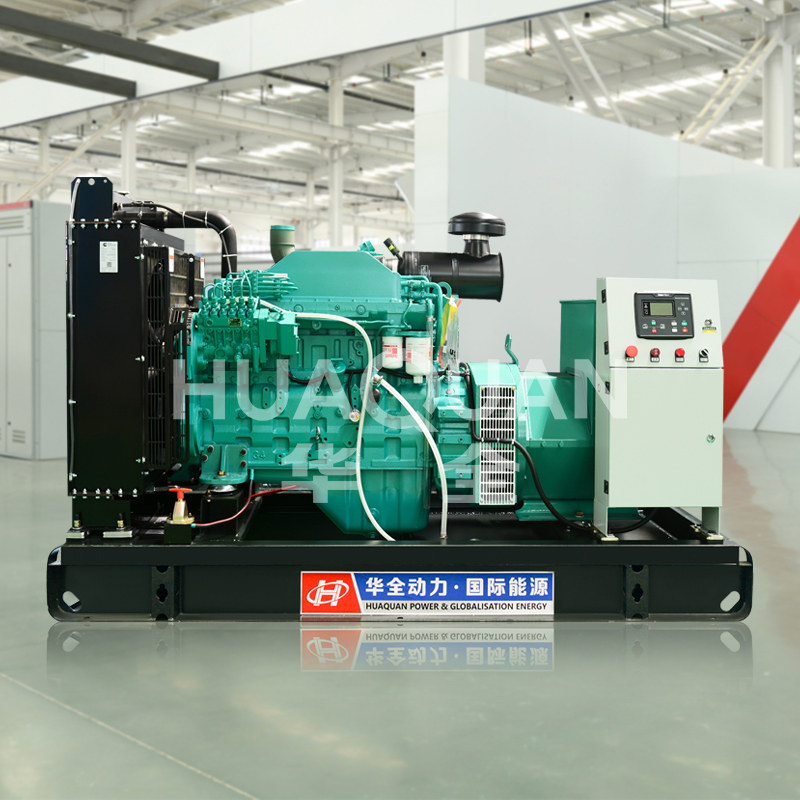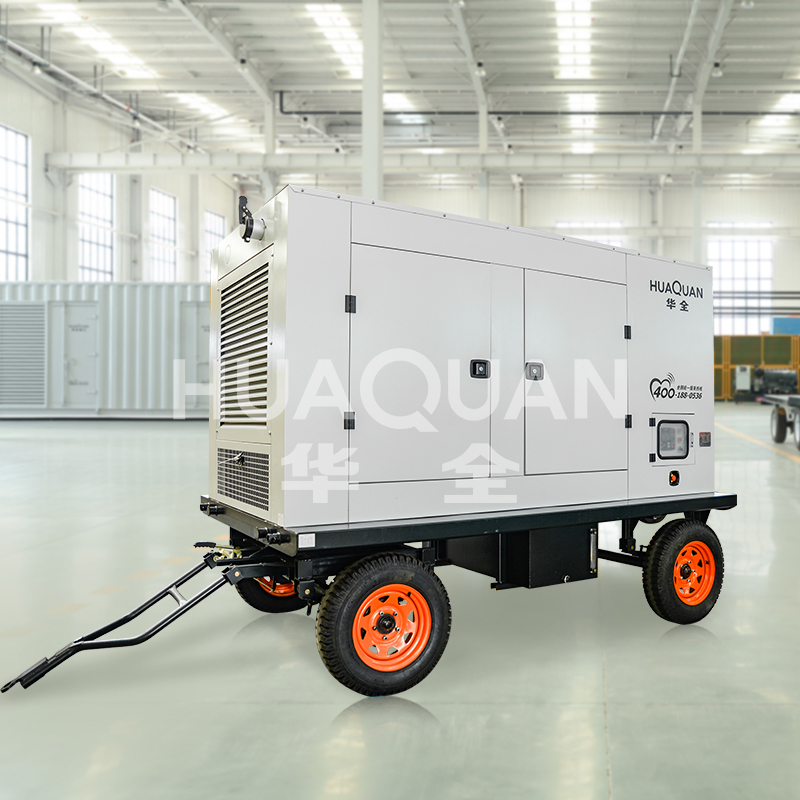During the coperation of Continuous Power Generator, heat is generated. Good thermal management is important for Continuous Power Generator to ensure stable use. Proper ventilation and cooling measures directly affect operational efficiency, especially in harsh environments.
1. Airflow Design Principles for Continuous Power Generator
A well-planned airflow path is fundamental for Continuous Power Generator units. Implementing cross-ventilation with strategically placed intake and exhaust vents prevents heat accumulation. Enclosures should incorporate louvers or ducts to facilitate passive cooling while blocking debris.
2. Environmental Adaptability
Dust filters and humidity-resistant components protect Continuous Power Generator internals without restricting airflow. In tropical climates, corrosion-resistant materials combined with shade structures mitigate overheating risks.
3. Active Cooling Solutions
For high-capacity Continuous Power Generator models, supplemental cooling systems like axial fans or liquid-cooled radiators may be necessary. Thermostat-controlled fans automatically adjust speed based on real-time temperature readings, balancing energy use and cooling needs.
4. Maintenance Protocols for Continuous Power Generator
Regular inspection of cooling fins, fan motors, and ventilation channels ensures unobstructed heat dissipation. Scheduling seasonal cleaning for Continuous Power Generator systems prevents particulate buildup that compromises thermal regulation.
By integrating these ventilation and cooling approaches, operators can maximize the reliability of Continuous Power Generator installations while reducing downtime due to thermal stress.
More information about Continuous Power Generator:https://sinogens.com/








